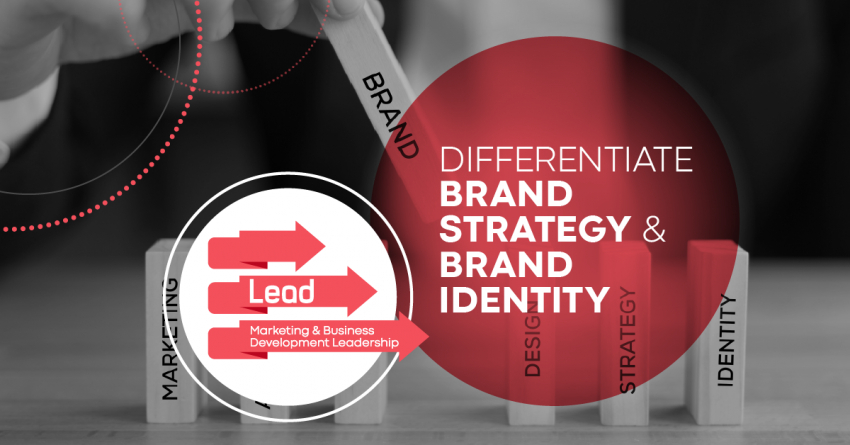The AEC Marketer’s Branding Guide: The Difference Between Brand Identity and Brand Strategy
How many times have we, as AEC industry marketing leaders, been asked to define our firm’s brand? Many of our management and technical team members think the firm’s brand consists of our logo and color palette, correct? It is difficult to describe that a brand can be a name, term, a number, or any other feature of a company that distinguishes it from others. In short, a brand is everything a firm does, including how those who work for the firm interact with clients, consultants, and contractors during the life of a project. A corporate website is a brand, how the receptionist answers the phone is a brand, the company’s office space can even be part of the brand.
If your internal staff and management want the world to know what your company stands for, it should be displayed, spoken, and written. It should be explicit or implicit in everything the company does. A brand is most often intangible in nature. A brand is a tool that drives value and helps owners, employees, and stakeholders earn profit and run their business smoothly.
As the firm’s marketing leader, let’s set the record straight: Brand identity and brand strategy are two different things that are related.
Brand Identity vs. Brand Strategy
The main difference between brand identity and brand strategy is that brand identity refers to the visible assets of an AEC company that differentiates it from the rest. Brand strategy involves the long-term strategic plan for the company’s development, which relates to the needs and demands of existing and potential clients.
What is Brand Identity?
Brand identity includes the visible items associated with a company such as design, color, and logo. From using colors that are pleasant to the eye to a font that is easy to read, these unique assets make an impression. These items distinguish the company from others that are similar in the client’s mind.
The brand identity includes everything a client sees and touches that is of the company. Everything falls under the category of a brand and indeed leaves an impression.
Brand identity plays an important role in the world we live in:
- Creates loyalty: With a strong brand identity, clients, employees, and others are more likely to remember your company. If the client is happy with the services a firm provides, it results in client loyalty.
- Reliability: A branded company is likely to be known as one that is experienced, which in turn wins the client’s trust and increases their perception of reliability for the firm’s people and services.
- Differentiation: Every organization looks for different ways in which it can stand out from its competitors. The perception of quality helps the company to win the stakeholders’ loyalty which aids the firm in winning more work and earning more profit.
What is Brand Strategy?
Brand strategy is the long-term strategic plan. It’s the articulation of what your brand is and aspires to be, the purpose it serves, and how you communicate it. A brand can be summed up by how customers perceive the company and its product or service. Therefore, the brand strategy should act as a guide in every way the company interacts with customers. This is why it’s important to define the mission, vision, and positioning statement. It’s a documented plan that outlines your goals and how you plan to achieve them.
To create a solid brand strategy, you need to understand your brand’s core identity and brand ecosystem. Who are you? What do you care about? Who are you trying to reach? How can you engage with them? How do each of these elements influence the other?
A brand strategy is key to your firm’s marketing strategy. It outlines a proactive agenda of why the company engages targeted markets and clients. A cohesive message attracts the right clients and employees. A clear brand vision enables team members to work towards the common goal together as a team which in turn leads to the progress of the company.
Key Differences Between Brand Identity and Brand Strategy
- The brand identity revolves around the visual items that distinguish the firm from others while the brand strategy is the plan to attract existing as well as potential clients, markets, and employees.
- The brand identity is not affected by changing trends or the demands or needs of clients. The brand strategy is affected by the trends and needs of the industry and clients. This forces the firm to be flexible with its strategy, if needed, to stay on target.
- The brand identity is everything a client experiences while being involved with the company. While a company’s strategy could include specific ways to strengthen the clients’ perception of their identity, such as a call to action for timely return of phone calls, the clients’ experience of those timely calls strengthens the company’s identity.
- The brand identity includes logo, slogans, color scheme, and design. The brand strategy includes short- and long-term plans and company policies.
The success and perception of a firm to clients is directly affected by both the brand identity and brand strategy. Both brand identity and brand strategy shape the future of the company and therefore should be decided smartly by the firm and with input from the firm’s marketing team.






